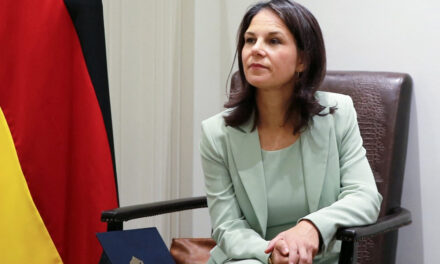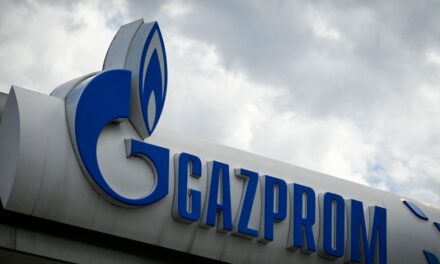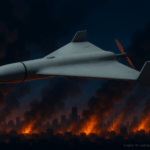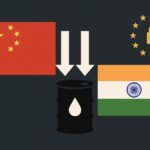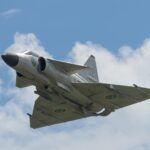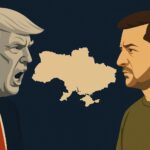China and India are moving quickly to curb direct imports of Russian crude after fresh US sanctions on Rosneft and Lukoil, signaling a short-term disruption to Moscow’s energy revenues. Major PRC state firms—PetroChina, Sinopec, CNOOC, and Zhenhua—have paused spot purchases to gauge compliance risks, while independent Chinese refiners may still probe workarounds through intermediaries. Indian refineries likewise plan substantial reductions, keeping only limited flows via traders. Together, these shifts threaten Russia’s discounted-crude lifeline to Asia and complicate the “shadow fleet” logistics that have underpinned the Kremlin’s export resilience.
The European Union’s 19th sanctions package tightens the vise further, phasing out Russian LNG in two tranches—short-term contracts by April 23, 2026 and long-term deals by January 2027—while directly targeting tankers tied to the shadow fleet, a UAE conduit that enables sanctions evasion, and four PRC refineries. Brussels also expanded financial and export-control designations, restricted Russian diplomatic travel and accreditations, and sanctioned individuals implicated in the deportation and militarized “re-education” of Ukrainian children. The combined transatlantic pressure raises compliance costs across the value chain—from shipowners and insurers to banks and transshippers—and narrows Moscow’s room to re-route cargoes.
Kremlin messaging hardened in parallel. President Vladimir Putin labeled the new US measures an “unfriendly act,” and Dmitry Medvedev explicitly cast the United States as Russia’s adversary, a rhetorical shift likely designed to pre-empt pressure for negotiations and to justify a prolonged war economy at home. Russian lawmakers echoed the line that sanctions will not alter policy, attempting to deflect responsibility for stalled peace efforts while framing Western proposals as irrelevant to Russia’s “root causes.”
On the battlefield, Russia is amplifying information operations—falsely touting a foothold on Kherson’s right bank—while evidence indicates no established bridgehead. At the same time, Russian forces are increasing mechanized assaults around Siversk, Chasiv Yar, and the Orikhiv sector, exploiting fog and rain that hamper Ukrainian drone overwatch. Ukraine’s partners continue to backfill critical needs through the PURL initiative, with fresh commitments from Finland and Spain. Reports of executed civilians, “double-tap” strikes on first responders, and a large exchange of fallen soldiers’ remains underscore both the human cost and the war’s grinding tempo. The net effect of tightening sanctions, Asian buyer retrenchment, and intensified Russian information warfare is a more constrained revenue outlook for Moscow and a high-stakes contest over Western staying power and Ukrainian resilience.


